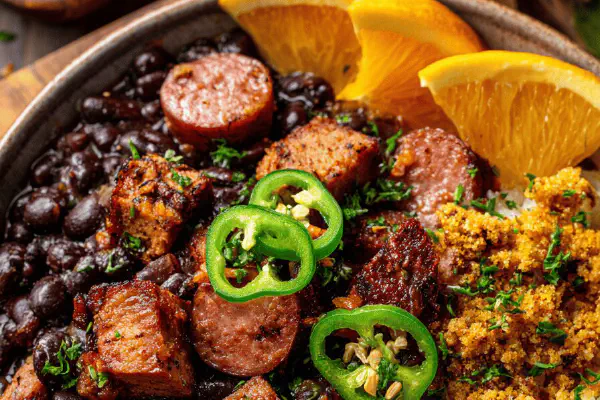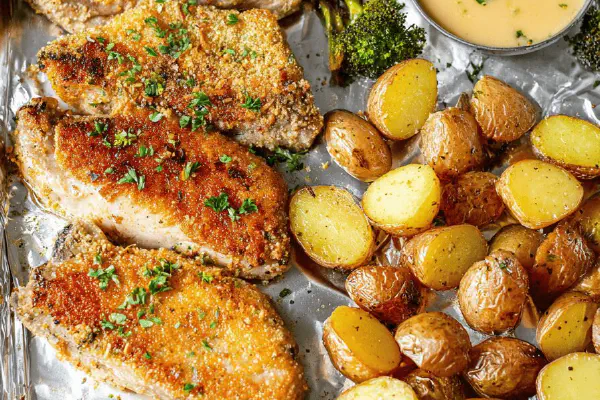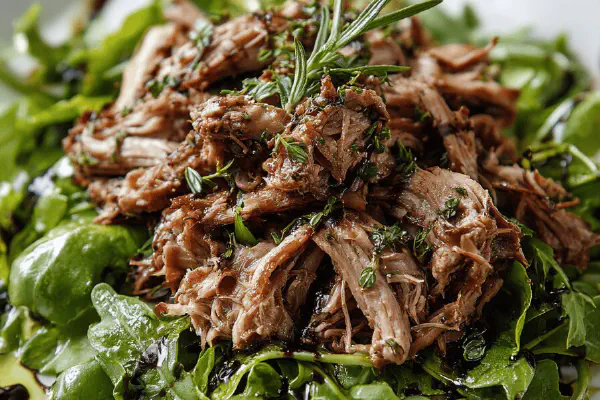Twisted Feijoada Ragoût

By Emma
Certified Culinary Professional
Ingredients
- 230 ml black beans dry, soaked overnight
- 1.6 kg pork shoulder bone-in, rind removed
- 45 ml olive oil, divided
- 2 medium onions, finely chopped
- 3 garlic cloves, minced
- 1 jalapeño pepper, seeded and chopped
- 1 slice dried salted beef approx 180 g
- 700 ml water
- 2 dried bay leaves
- 180 g smoky linguiça sausage, sliced
- 150 g smoked paprika sausage diced
- Salt and black pepper to taste
About the ingredients
Method
- Drain soaked beans; rinse well under cold water. Always keep covered with fresh water while soaking; beans swell, need full coverage.
- Debone pork shoulder but keep bone itself; cube meat into roughly 4 cm chunks. Plate bone for later use—it deepens broth.
- Heat 15 ml olive oil in heavy pot, golden sear pork with bone on medium-high. Listen for crackling as meat browns; don’t overcrowd pan or it'll steam.
- Lightly salt or skip salt altogether – dried beef adds sharp salt punch. Once browned, set meat aside, keep fat in pot.
- Add half onions, half garlic, and jalapeño to pot with remaining 15 ml oil; gently sweat until translucent and spicy aroma pops, about 5 minutes.
- Return meat and bone to pot, stir in black beans, dried beef, bay leaves. Pour in water just enough to cover—avoid too much to concentrate sauce.
- Bring to rolling boil then immediately lower to gentle simmer. Lid askew. Stir occasionally, scrape bottom so nothing sticks or burns.
- Simmer around 2 hours 15 minutes or until beans and pork soften tender but not mushy. Watch liquid—if evaporates too fast, add small amount boiling water.
- About 30 minutes before done, stir in linguiça and diced smoked paprika sausage. Sausages add smoky fatty richness; slice thin so they meld quickly.
- Meanwhile, scoop 200 ml cooked beans with some liquid into skillet with leftover onions and garlic and 15 ml oil. Sizzle gently over medium heat, mash with wooden spoon into coarse paste.
- Return bean mash to pot, stir well. This thickens the sauce, gives body. Don’t skip; watery feijoada is saddest outcome.
- Season cautiously—dried beef is salty. Taste before adding salt—usually only pepper needed.
- Simmer a further 15 minutes after adding paste; smell will deepen, sauce thick and glossy.
- Serve hot with fluffy white rice, toasty farofa, and orange slices crisp and juicy to cut richness.
- Leftovers gain flavor overnight; reheat slowly to avoid drying meat.
Cooking tips
Chef's notes
- 💡 Soak black beans fully overnight. Always cover with fresh water—beans swell, start cooking evenly. Change water once if turns cloudy early. Prevents tough skin or spoiled taste. Wet beans matter more than dry weight. No skipping soaking unless pressure cooker used but still prefer soak for texture control.
- 💡 Debone pork shoulder carefully but keep bone itself. Bone adds gelatin—mouthfeel changes. Chunk meat roughly 4 cm so pieces stay intact during simmer. Bone off makes broth flat and mouthfeel thinner. Sear meat till fat renders and sound drops quiet—listen for crackling shift. Too crowded = steaming, no browning.
- 💡 Add onions, garlic, jalapeño in two stages. Half sweated with oil early for soft sweetness. Rest fried with bean mash for deeper dimension. Onion caramelization provides backbone, jalapeño hits last for fresh kick. Use olive oil for color and aroma, neutral oils dull flavor. Heat low, slow sweat, smells pop but don’t burn.
- 💡 Maintain water level to barely cover ingredients when simmering. Too much dilutes sauce, too little dries meat. Stir often scrape pot bottom, don’t let burn or stick. Lid askew avoids sealing in too much moisture and cooks off excess liquid. Watch evaporation but add boiling water if sauce shrinks too fast. Adjustments on the fly, no exact timing.
- 💡 Mash portion of cooked beans with leftover onions and garlic in oil for body. Sizzle mash gently to unlock starch, thicken stew. Otherwise broth stays too thin and watery. Use wooden spoon; metal risks pan damage and uneven mash. Return mash to stew late. Stir in sausages 30 mins before end so they soften, release fat but don’t disintegrate.
Common questions
Can I use chorizo instead of linguiça?
Yes, chorizo works but changes smoke level and fat content. Chorizo is spicier, linguiça milder. Adjust jalapeño heat accordingly. Timing remains same for added sausages.
What if beans not soft after simmer?
Keep simmer low, add hot water if drying out. Could be old beans or soaking incomplete. Pressure cooker helps speed. Late mash addition won't compensate undercooked beans but texture noticeable—watch feel not timer.
How to store leftovers?
Cool quickly but don’t dry out. Can refrigerate covered up to 3 days, reheat gently. Freeze in airtight container for longer. Sauce thickens cold, add splash water when reheating. Flavor deepens next day, breaks up when reheated too fast.
Is bone essential?
Bone adds gelatin and depth, sure, but can skip if short on time—add pork broth concentrate or stronger stock instead. Bone marrow melts into broth, subtle richness not matched by spice or sausage alone. But stew remains good without.



